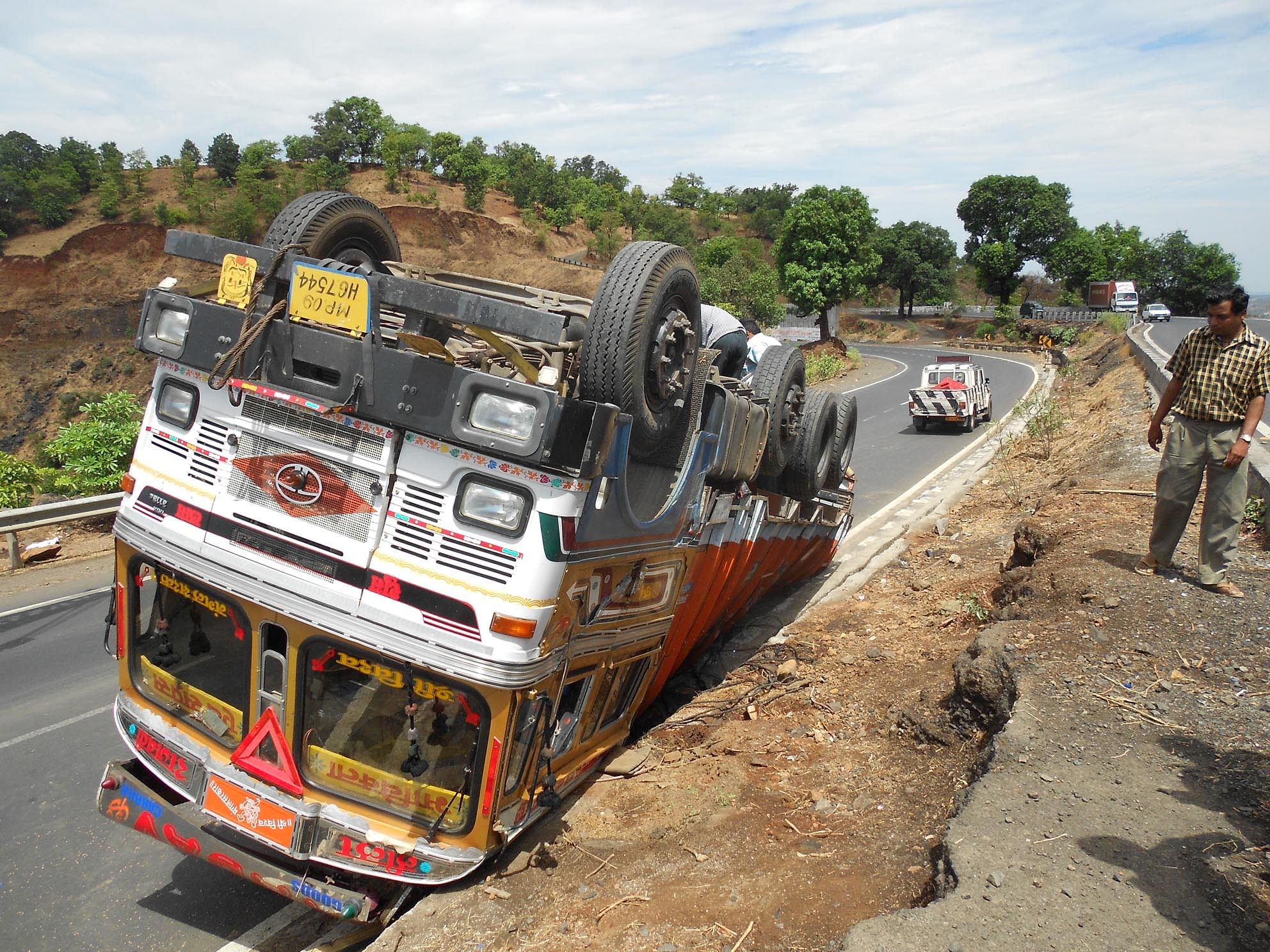Local-for-local approach will help reduce road accidents: Hella Lighting India chief
Hella Lighting India’s Ramashankar Panday shares his view on reducing the number of road accidents on Indian roads and the importance of making critical safety equipment more affordable.
The UN Road Safety Week opened with Autocar Professional’s annual safety webinar, which saw participation from Ramashankar Pandey, managing director, Hella India Lighting; Abhay V Mannikar, senior deputy director (Head – Passive Safety Lab), Automotive Research Association of India (ARAI), and Sudeep Narayan, communications director, Volvo Car India.
Hella India’s Ramashankar Pandey, who is a road safety crusader, pointed out that though India is fast catching up with global safety regulations, there remain plenty of challenges including poorly designed road infrastructure. He said that by improving infrastructure design, nearly 20-30 percent of road accidents/crashes and in turn injuries and fatalities can be reduced in the country.
“Technology and innovation lead regulations. India and the automotive industry should not wait for regulations to drive motoring safety," said Pandey, stressing that new innovations lead to new regulations.
During his presentation, Pandey pointed out the stark fact that India loses 226 lives per million. He was citing statistics from the World Health Organisation (WHO), which incidentally is almost twice that estimated by MoRTH (110 lives per million).
Pandey expressed his concern and said, "Statistics reveal that if nothing is done to improve road safety in India, 1 out of every 4 Indians will continue to be involved in a road accident and 1 out of 14 will die on the road."
Local-for-local approach can pay dividends
According to Pandey, the past couple of years have seen the introduction of new safety norms and more are on their way. However, there is still much ground to cover and he said Hella India is working with auto components body ACMA to standardise aftermarket components.
In order to popularise road safety practice and equipment in vehicles in India, it is imperative that they become accessible to the budget-conscious masses. The way to go about this, according to Pandey, is to deploy the local-for-local approach. At present, global safety technologies are being brought into the Indian market. However, Pandey emphasises on a high level of localisation to bring down the price of these components drastically and at the same time make the innovation suitable for India and its people. Given the price-competitive nature of the market, affordability is vital for vehicle owners in India to think of safety products.
Ramashankar Pandey suggests a three-step approach towards prioritisation of the safety strategy –recognition, reaction and injury avoidance. In most Indian cities and towns, driving or riding remains a nightmarish affair, which means road users have to be constantly aware of the traffic around them. You never know whether the two-wheeler in front of you is going to swerve left or right and one reacts on the basis of that situation. And no matter how well equipped a vehicle is in terms of safety, without proper visibility and proper illumination of vehicles and the road, there is always a possibility of a mishap.

Heavy commercial vehicles are among the biggest traffic rule offenders as well as cause of injuries and fatalities caused by road crashes. Pandey pointed out that most accidents on the highway involve heavy commercial vehicles due to the practice of tailgating. Shockingly, of the total accidents in India in CY2017 – 464,910 – trucks, buses, tempos and tractors accounted for over 27 percent. And, on the other hand, 32.6 percent of fatalities were due to this category of vehicles.
"Other than fitness checks, CVs in India have no regulations. A shocking fact is that 93% of CVs certified at Government testing centres have poor lighting systems. We are working with ACMA & SIAM on developing a stringent safety regime for CVs," remarked Pandey.
He added that companies like Hella India have been working to popularise the use of LED lights but the sad state of affairs is that there are low-quality alternatives are getting cheaper and find plenty of buyers. Pandey says he has urged auto industry players to collaborate not just for technology but also towards increasing awareness about the importance of use of good quality and standardised safety equipment.
Pandey stated that affordability can be achieved through cost innovation, mass customisation and modularisation, which are the core DNA of reducing the large number of road crashes.
Also read: E-call for cars in India in the pipeline
Ramashankar Pandey writes on why India needs a safety culture
RELATED ARTICLES
Cosmo First diversifies into paint protection film and ceramic coatings
The Aurangabad, Maharashtra-based packaging materials supplier is leveraging its competencies in plastic films and speci...
JSW MG Motor India confident of selling 1,000 M9 electric MPVs in first year
The 5.2-metre-long, seven-seater luxury electric MPV, which will be locally assembled at the Halol plant in Gujarat, wil...
Modern Automotives targets 25% CAGR in forged components by FY2031, diversifies into e-3Ws
The Tier-1 component supplier of forged components such as connecting rods, crankshafts, tie-rods, and fork bridges to l...






 07 May 2019
07 May 2019
 9212 Views
9212 Views





 Autocar Professional Bureau
Autocar Professional Bureau




